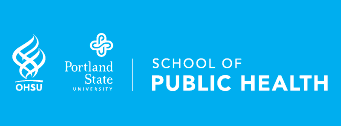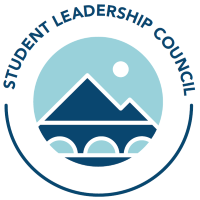Project Proposal/WIP: Exploring Trends in Oregon Kindergarten Readiness Assessment Scores between and within districts and schools
Presenter Biography
Kylie is a third year medical student, currently working toward her Master's in Public Health. She is interested in Pediatrics, community health, and school readiness.
Program/Major
Epidemiology
Student Level
MD/MPH
Presentation Type
Poster
Start Date
April 2019
End Date
April 2019
Persistent Identifier
https://archives.pdx.edu/ds/psu/30970
Abstract
Background: Children who enter school developmentally ready for kindergarten are more likely to succeed academically, be healthy and lead productive lives. School readiness (SR) is measured across 5 developmental areas: physical, social-emotional, linguistic, cognitive and self-help. The state of Oregon introduced the Oregon Kindergarten Assessment (OKA) in 2013 in an effort to provide a consistent, statewide tool for identifying systematic opportunity gaps. In 2018-2019, the OKA assessed three areas of school readiness: early literacy, early math, and approaches to learning.
Objective: This study aims to provide a better understanding of the variation of school readiness measured by the Oregon Kindergarten Assessment. We will compare the OKA scores between children at risk for poor school readiness (low-income and English language learners) within and between individual schools and within and between districts.
Methods: We will use the publicly available 2018-2019 Oregon Kindergarten Assessment Data (N= 40,594). The primary outcome is a continuous variable for child’s total OKA score (0-169). We will use longitudinal hierarchical linear modeling (HLM) to assess between and within variation of the child scores(i) at the school level(j) and district(k) level controlling for SES, language proficiency and ethnicity.
Expected outcomes/conclusions: Previous analyses have already shown gaps in school readiness between ethnicity groups and between higher and lower income communities. We hope to assess the amount of variation within districts and schools, in order to identify districts and schools with higher OKA scores in at-risk students, allowing us to identify sources of resilience and inform further SR efforts.
Project Proposal/WIP: Exploring Trends in Oregon Kindergarten Readiness Assessment Scores between and within districts and schools
Smith Memorial Student Union, Room 296/8
Background: Children who enter school developmentally ready for kindergarten are more likely to succeed academically, be healthy and lead productive lives. School readiness (SR) is measured across 5 developmental areas: physical, social-emotional, linguistic, cognitive and self-help. The state of Oregon introduced the Oregon Kindergarten Assessment (OKA) in 2013 in an effort to provide a consistent, statewide tool for identifying systematic opportunity gaps. In 2018-2019, the OKA assessed three areas of school readiness: early literacy, early math, and approaches to learning.
Objective: This study aims to provide a better understanding of the variation of school readiness measured by the Oregon Kindergarten Assessment. We will compare the OKA scores between children at risk for poor school readiness (low-income and English language learners) within and between individual schools and within and between districts.
Methods: We will use the publicly available 2018-2019 Oregon Kindergarten Assessment Data (N= 40,594). The primary outcome is a continuous variable for child’s total OKA score (0-169). We will use longitudinal hierarchical linear modeling (HLM) to assess between and within variation of the child scores(i) at the school level(j) and district(k) level controlling for SES, language proficiency and ethnicity.
Expected outcomes/conclusions: Previous analyses have already shown gaps in school readiness between ethnicity groups and between higher and lower income communities. We hope to assess the amount of variation within districts and schools, in order to identify districts and schools with higher OKA scores in at-risk students, allowing us to identify sources of resilience and inform further SR efforts.


